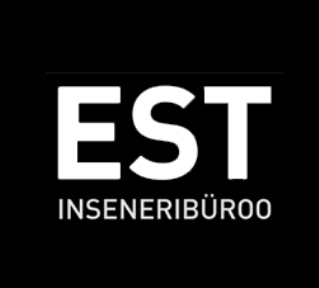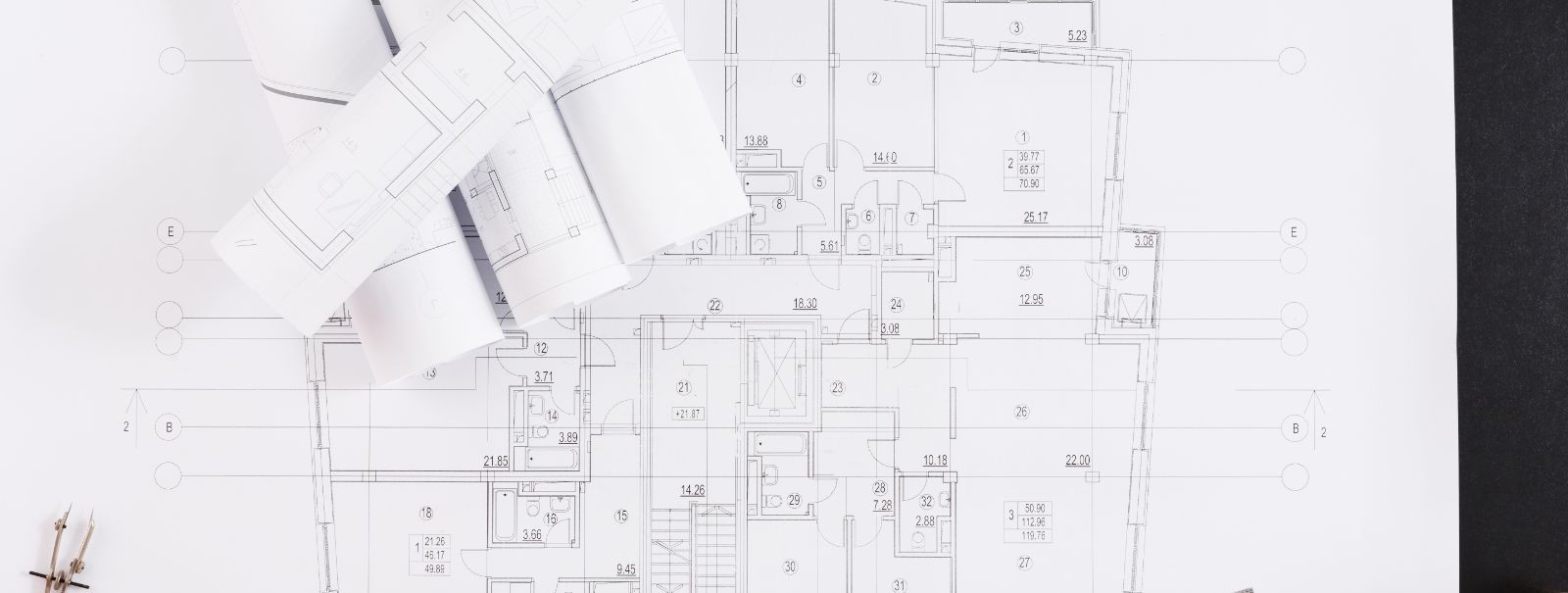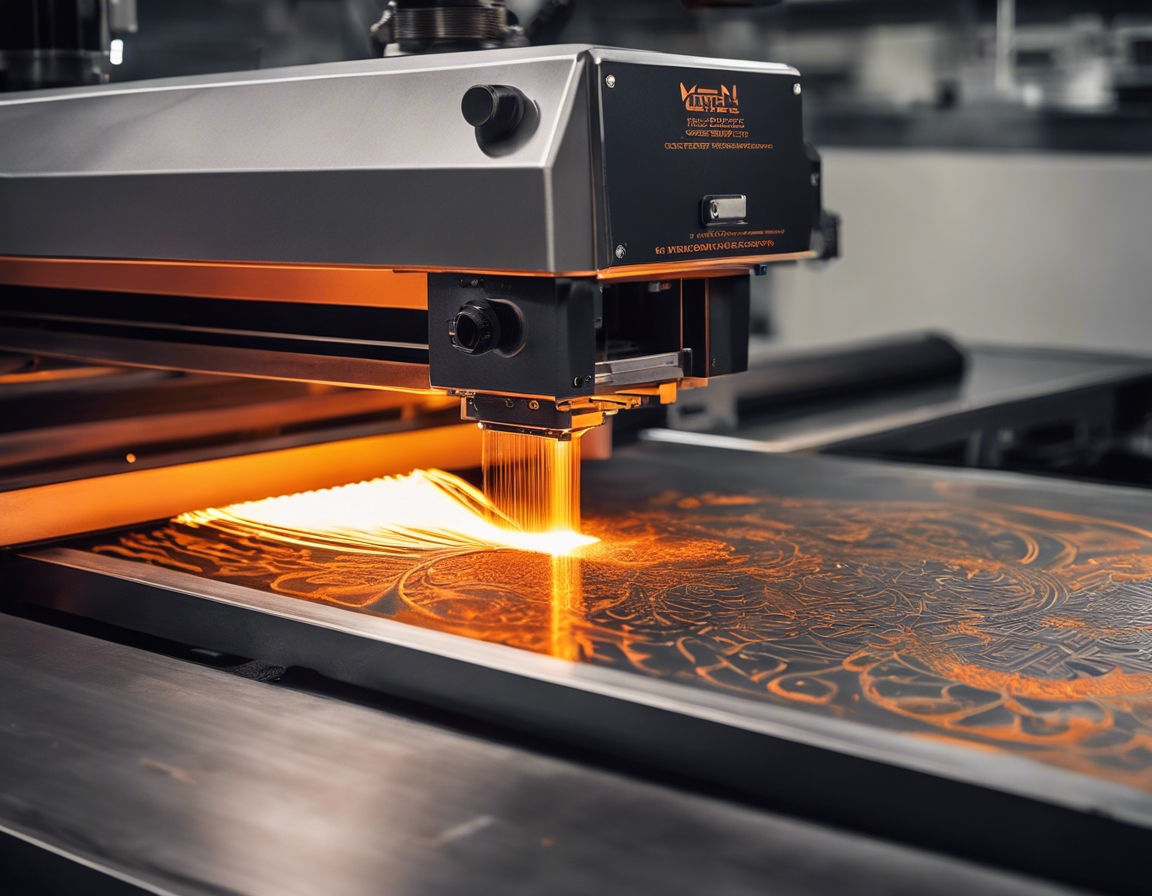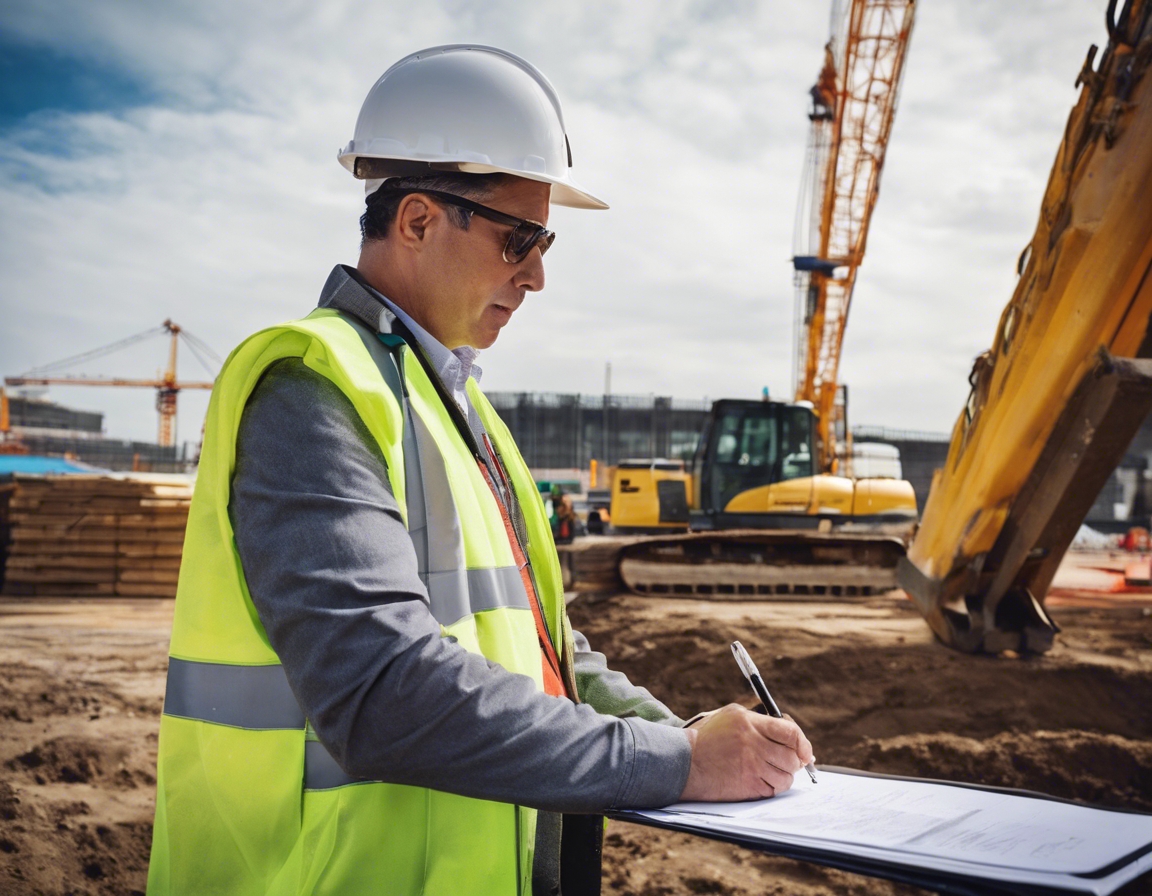5 trends shaping the future of architectural design
The future of architectural design is being shaped by a variety of powerful trends, reflecting the evolving needs of society, the environment, and technological advancements. As we look ahead, these trends are set to redefine the way we think about, design, and interact with our built environment. EST INSENERIBÜROO OÜ is at the forefront of incorporating these trends into our projects, ensuring that our clients are provided with innovative and future-proof designs.
1. Sustainable and Green Design
Architects are increasingly turning to materials that are sustainably sourced, recycled, or have a lower environmental impact. This includes the use of bamboo, reclaimed wood, and recycled steel or plastics.
Designs are incorporating features like solar panels, green roofs, and smart energy systems to reduce the carbon footprint of buildings and promote self-sufficiency.
Integrating natural elements into architectural design not only reduces environmental impact but also enhances human well-being. This includes the use of living walls, natural lighting, and indoor gardens.
2. Technological Integration
Technology is becoming an integral part of home design, with smart home systems allowing for automated control of lighting, heating, security, and more.
These technologies are revolutionizing the design process, enabling architects and clients to visualize and experience spaces before they are built.
The use of 3D printing and modular construction techniques is increasing, allowing for more efficient and cost-effective building processes.
3. Adaptive and Resilient Architecture
Architects are designing buildings to be more adaptable to changing climates, with features that can withstand extreme weather conditions.
The demand for multi-functional spaces is growing, leading to designs that can easily be adapted for different uses.
Building designs are incorporating features that help structures survive natural disasters, such as elevated foundations and reinforced materials.
4. Cultural and Contextual Sensitivity
There is a growing trend to use locally sourced materials, which supports local economies and reduces transportation emissions.
Architects are focusing on designs that serve the needs of the community, creating spaces that foster social interaction and community engagement.
Integrating historical elements into new designs allows for the preservation of cultural heritage while meeting modern needs.
5. Health and Well-being Focus
Designs are increasingly including features that encourage physical activity, such as staircases that are prominent and inviting.
Spaces are being designed with mental health in mind, incorporating elements like quiet zones and areas for meditation or relaxation.
Providing access to outdoor spaces and nature is becoming a key component of architectural design, as it is linked to better health and well-being.






Comments (0)